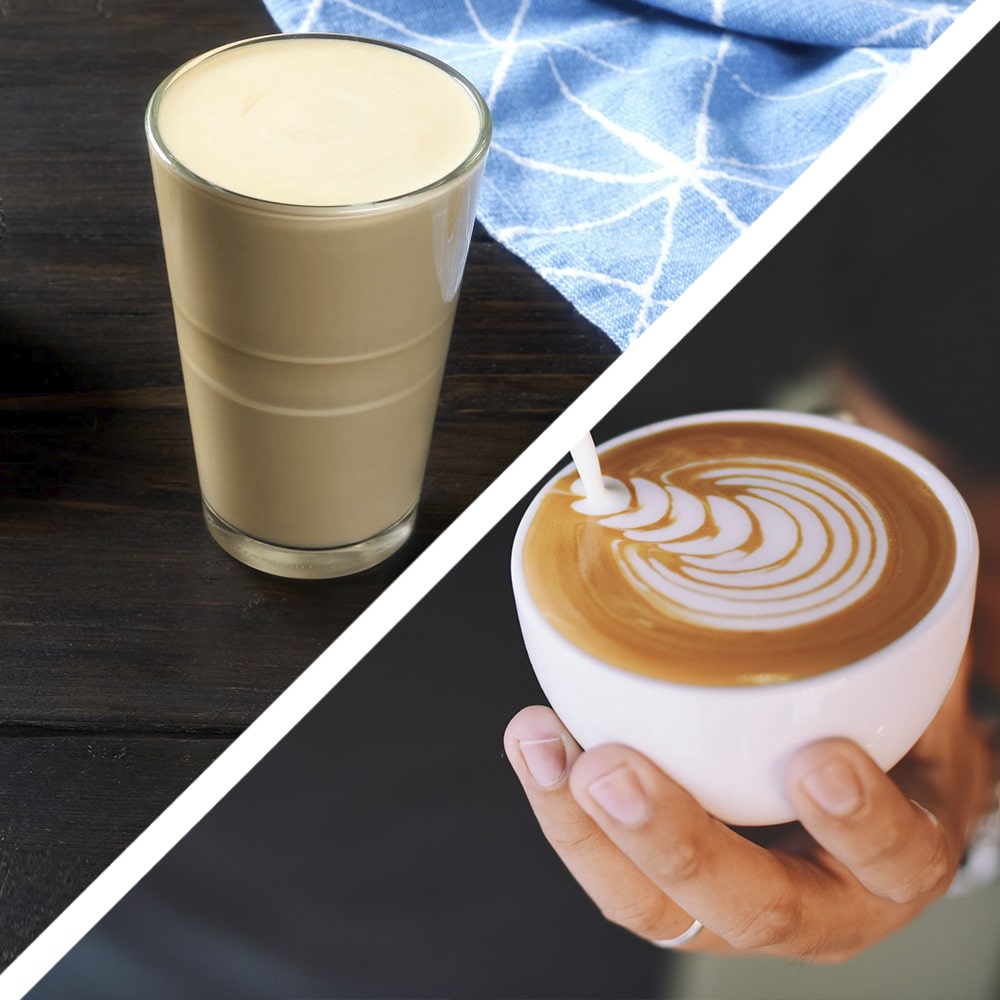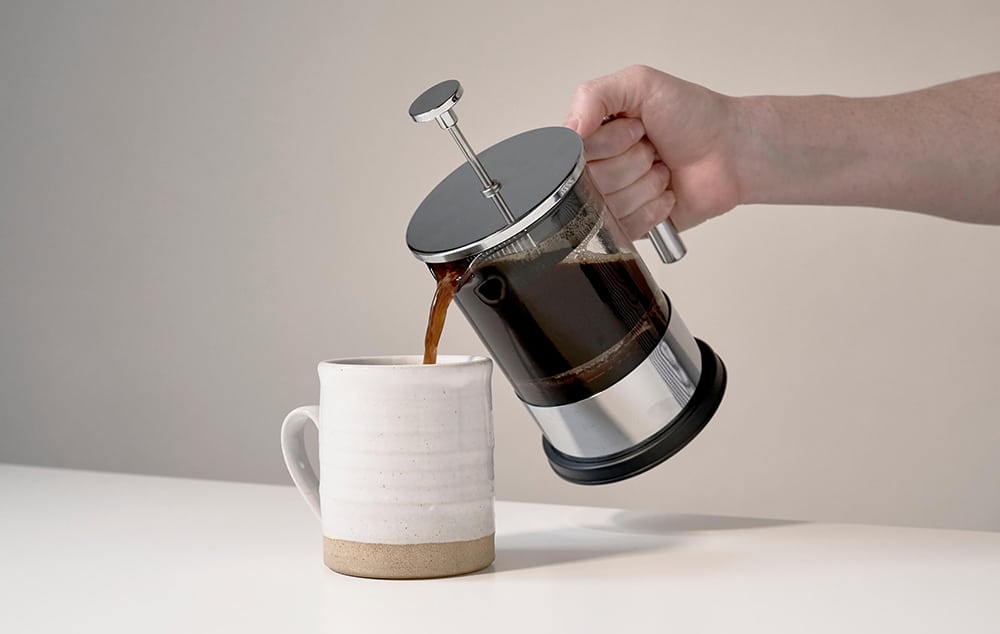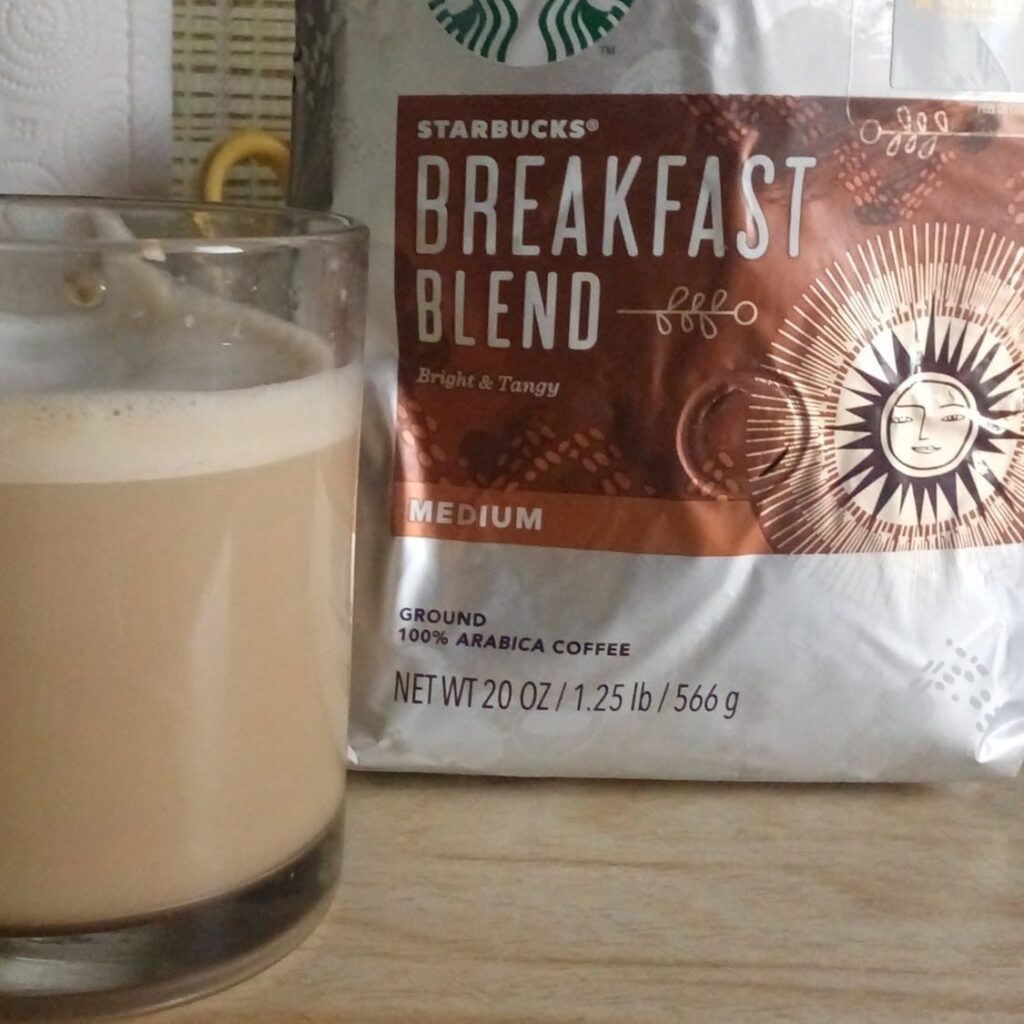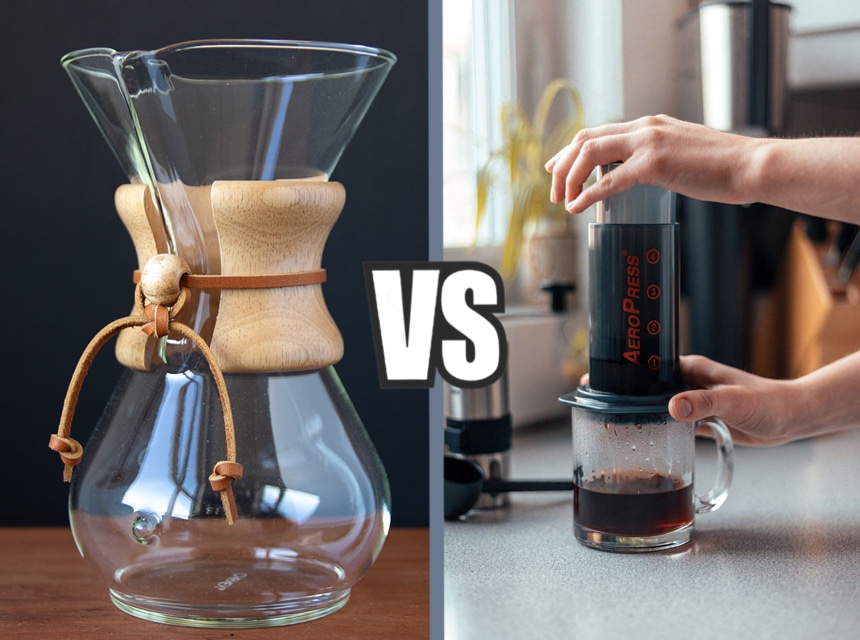

Are you a coffee afficionado? Or do you sometimes feel confused when you go to a new shop and are confronted by dozens of different coffees that all sound the same but look and taste different when served?
If you are trying to figure out the difference between a flat white vs. Latte, you need to take a close look at the ingredients and brewing process. After all, on the surface, these beverages look very similar. They are both espresso-based coffees, use a large amount of steamed milk, and are served in 8 oz. porcelain cups when made properly.
Below is an in-depth guide on how you can tell the difference between the flat white and the Latte. Hopefully, the information will make it easier to decide what to order next time you visit that little coffee shop with your date.
A flat white is a popular coffee made from espresso and microfoam. This microfoam requires a specific brewing technique for steamed milk, which results in fine bubbles and a glossy finish that makes the drink delectable and designer. Flat whites are often served in a ceramic cup with an accompanying saucer to complete the appearance.
The flat white derives its name from the technique used to create a thin foam meniscus on the top of the coffee. This meniscus is narrower than standard foam and develops a uniform brown finish, which can be customized with unique coffee, cream, and milk designs. Creating a flat white takes skill, but it is a popular beverage.
Flat White has a complex history. While some brewers claim the beverage originated in Australia in the mid-1980s, nearby New Zealand also claims the coffee as one of their own. Whatever the case may be, the saying “flat coffee – white” has appeared on menus throughout the area since the early 1960s.
The Latte, also called the café Latte, is one of the most traditional and basic coffee drinks. It is a combination of espresso and steamed milk. While the amounts of these ingredients vary greatly based on country, most locations have settled on 60 ml or 2 fl. oz. of espresso and 180 ml or 6 fl. oz. of steamed milk.
To properly prepare a latte, the brewer first grinds and brews the espresso and pours it in the serving glass. Before it has a chance to cool, steamed milk is then added on top. The Latte is popular because it contains the caffeine of espresso but reduces the overall bitterness of the coffee.
Like the flat white, it is normal for a latte to have a decorative pattern on the top in steamed milk or cream. Flavorings like mocha can be added for an extra kick, and it is increasingly common to replace full milk with a soy or almond variety.
The latte or café latte has been a part of European cuisine since the 17th century, but there is considerable debate about where it began and how it spread. Most historians believe the coffee originated in Italy.
On the surface, there are some basic similarities between the flat white and the café latte. However, both drinks utilize different skills and mixtures of these basic ingredients. Plus, there is also a difference in popularity, as the Latte is considered more universal compared to the trickier flat white. Even the texture is different because of the way the ingredients are combined – a latte is more like a straight, flat drink while the flat white has more texture and surface tension.
To break down the inherent differences between these drinks, here is a quick look at the brewing method, grind size, caffeine content, taste, and nutrition in each drink.
When it comes to brewing, both the flat white and the Latte require the use of a double shot of espresso. The extra is needed to help balance how much milk product is used in the drinks. Some shops will sell single shots with a smaller amount of milk added, but not always.
The main difference in brewing between the two is in the preparation of the milk. While the Latte uses straight steamed milk and pours while it is piping hot, the milk in a flat white is treated and steamed to become a microfoam that sits on top of the drink and gives it its signature meniscus. This microfoam is velvety and creates a unique texture that many lovers of the flat white absolutely enjoy.
There is also a difference in how much care is used when adding the milk. For both drinks, the double shot of espresso is added first. In the Latte, the milk can more or less be dumped in like normal. If you are making a flat white, you need to add the milk slowly, so it doesn’t lose its foam. It’s also easy to accidentally overflow the cup.
The grind size affects many features in the standard coffee. In particular, it will affect contact time, extraction time, and flow rate. These will determine water exposure, how well the water is absorbed by the coffee, and how much of the natural flavor and ingredients will be extracted. In general, the finer the grind, the shorter the contact and extraction, and the slower the flow rate.
When brewing espresso, you want a fine grind. This results in short contact time and the rapid creation of your coffee. Because both the flat white and the latte use espresso, they have a similar grind size. In fact, espresso has one of the smallest grind sizes out of all of the coffees.
Because they use a similar amount of espresso, both the flat white and the Latte have similar amounts of caffeine. This all comes from the coffee, as milk itself does not include any.
For the standard flat white, which is roughly 8 fl. Oz. with 2 of those ounces being espresso, it is common to have 77 mg. of caffeine. A latte has the exact same amount when served as an 8-ounce drink.
The biggest caffeine difference between the flat white and the Latte comes with how much is consumed. A flat white is almost always only served as an 8-ounce drink. The Latte, on the other hand, is often doubled to become a 16-ounce drink.
If you are trying to watch how much caffeine you consume, it is a good idea to avoid espresso-based drinks.
It can be hard for inexperienced coffee drinkers to identify the differences in taste between the flat white and the Latte. In fact, most people would not be able to tell at all. However, once you have had these drinks for a while, you begin to notice different textures that affect how well you taste the espresso itself.
A latte has a simpler, more unrefined taste. It is, in essence, an espresso that has been diluted with warmed milk. This results in a flatter taste, and it is more common for someone to taste the milk over the coffee rather than the other way around.
The flat white has a velvety texture, and the milk takes on a creamier consistency. This beverage tastes more like a standard espresso, which has been mixed with cream and allowed to warm. There is also some surface tension that can be broken.
The flat white has a modest calorie count at 125 calories per 8 oz. The average café latte has roughly 190 calories per 8 oz. The espresso included is surprisingly low calorie, and most of the nutrition and fat instead comes from the milk. One of the simplest ways to reduce your daily caloric intake is to replace full milk with skim, soy, or almond.
The flat white tends to have a low amount of fat at 7 grams. A latte will have a larger amount at roughly 10 grams. When you switch to skim milk, you can bring this number down to 0 grams and halve the calories in each drink.
There is a modest amount of sugar in each beverage, but not much. The sugar comes from the milk. Besides the small amount of fat and sugar, there is almost no nutrition in coffee. It instead remains a good source of caffeine and a delicious beverage to wake you up in the morning.
Now when you go to a restaurant or coffee shop, you will know the difference when you order a flat white vs. a latte. Now the only thing left to consider is your own personal preferences, especially when it comes to taste and overall mouth feel. Each drink also has its own stereotypes. For example, the Latte is often associated with liberal elites and intellectualism, while the flat white is fancier but somehow more down to earth. The only downside is it might be difficult to get a flat white in a country like the United States.





